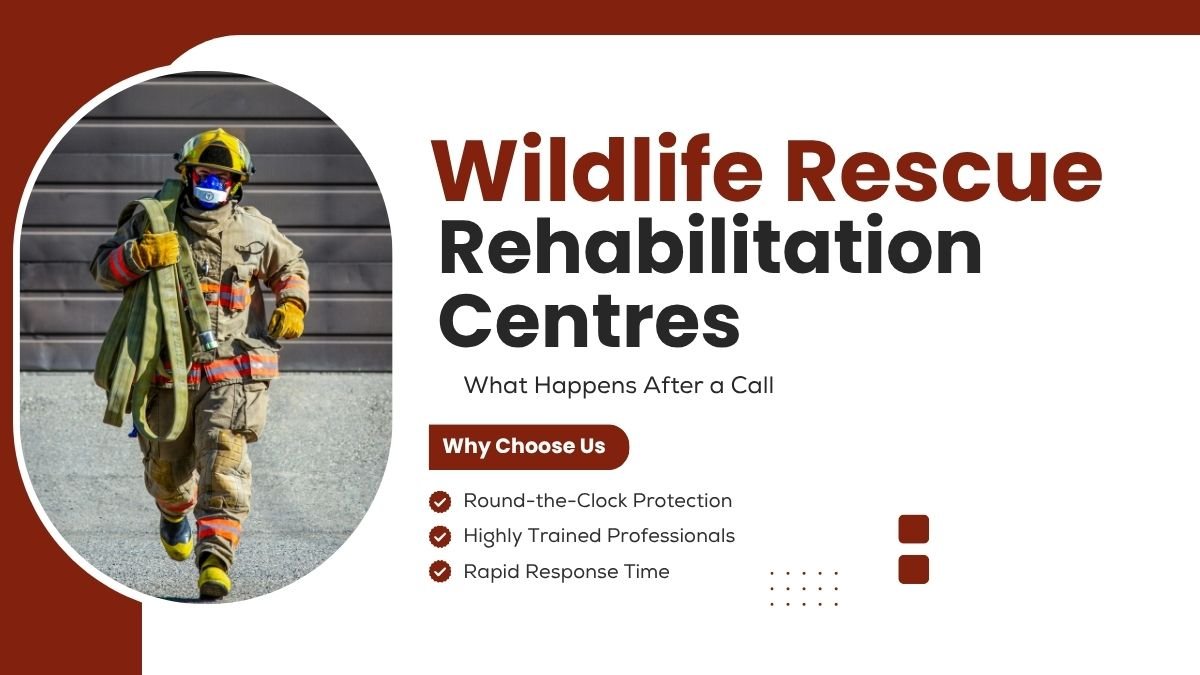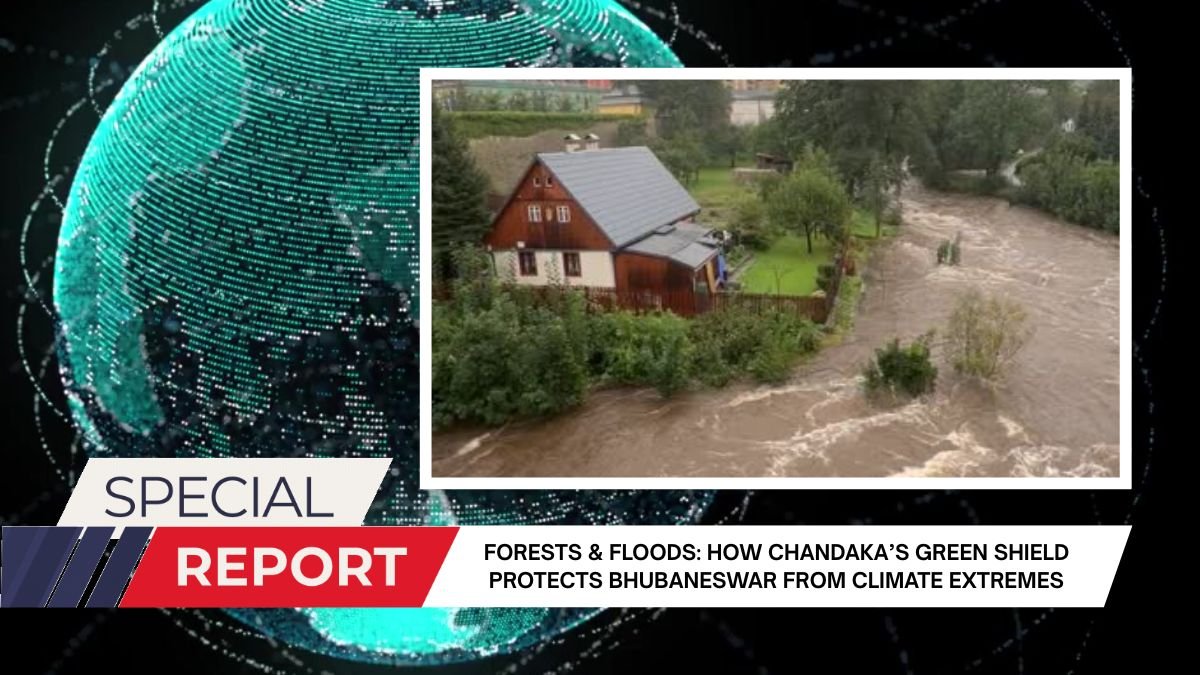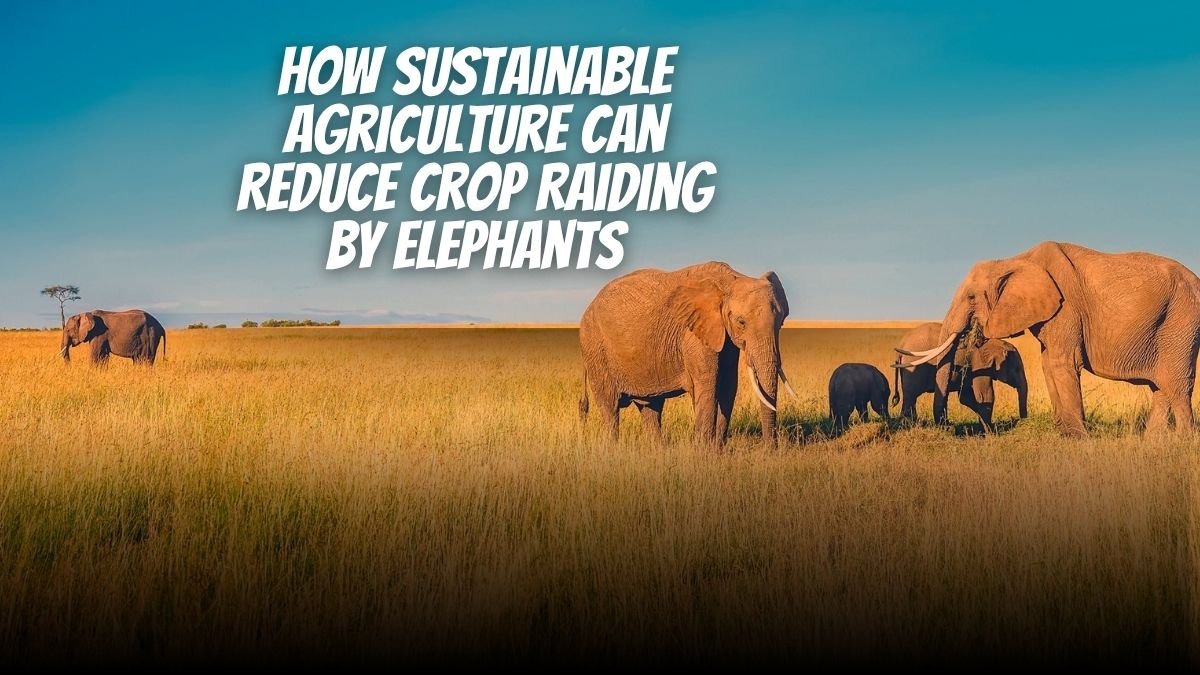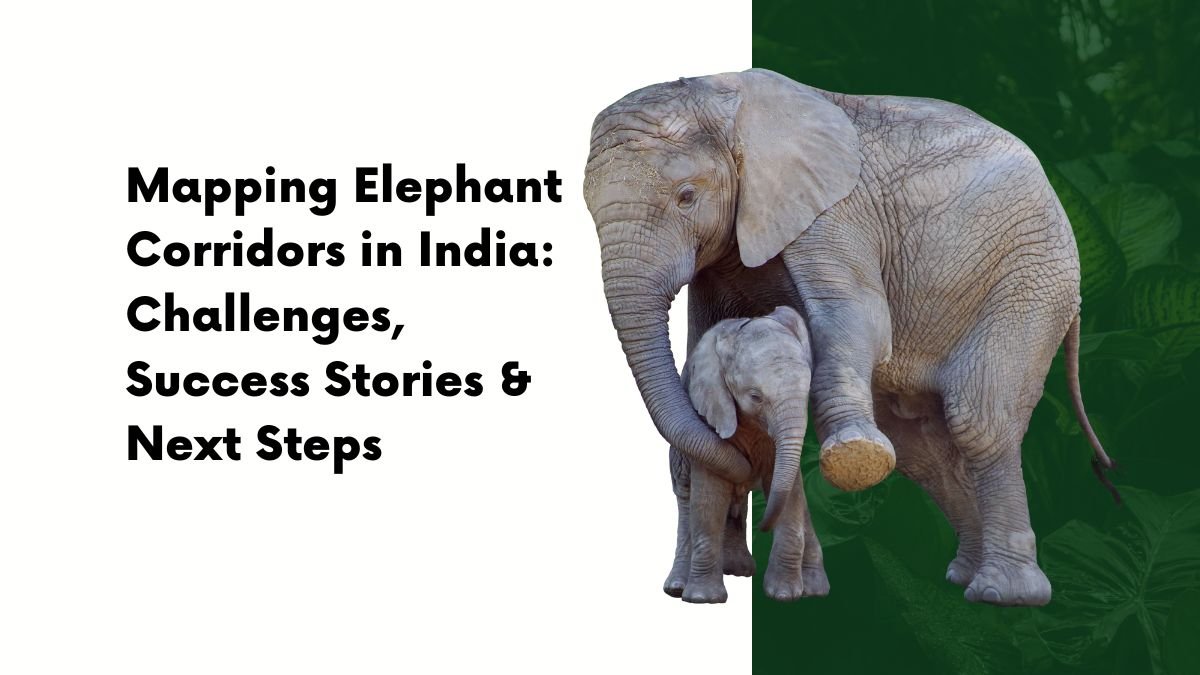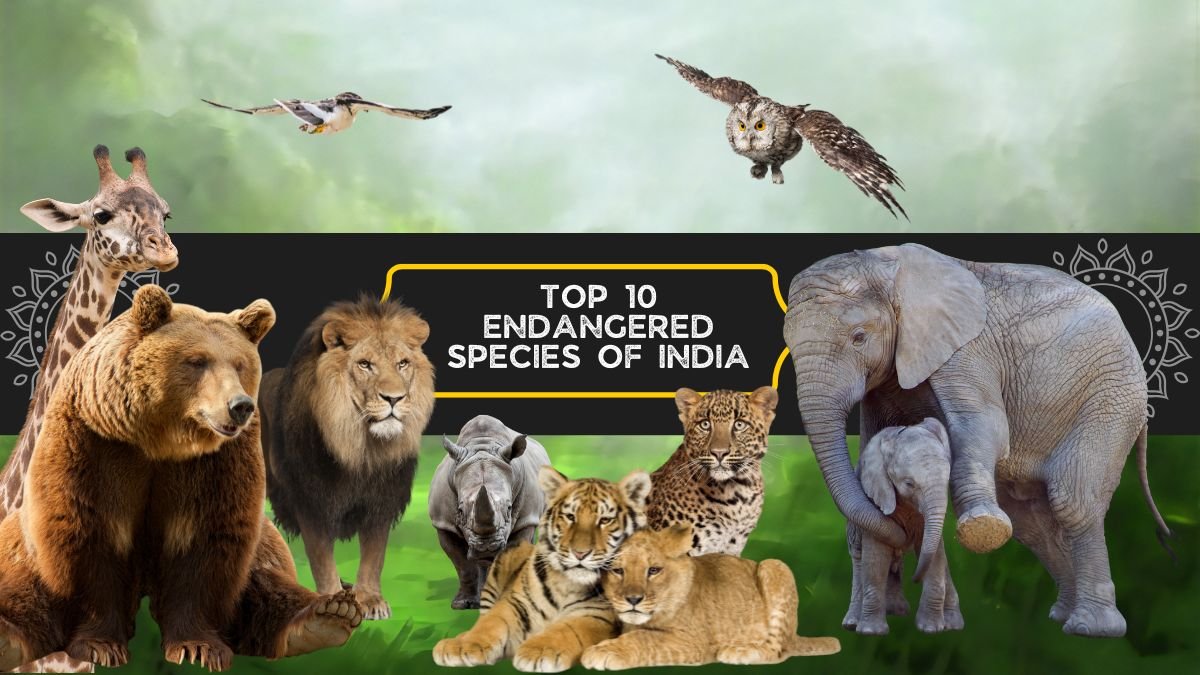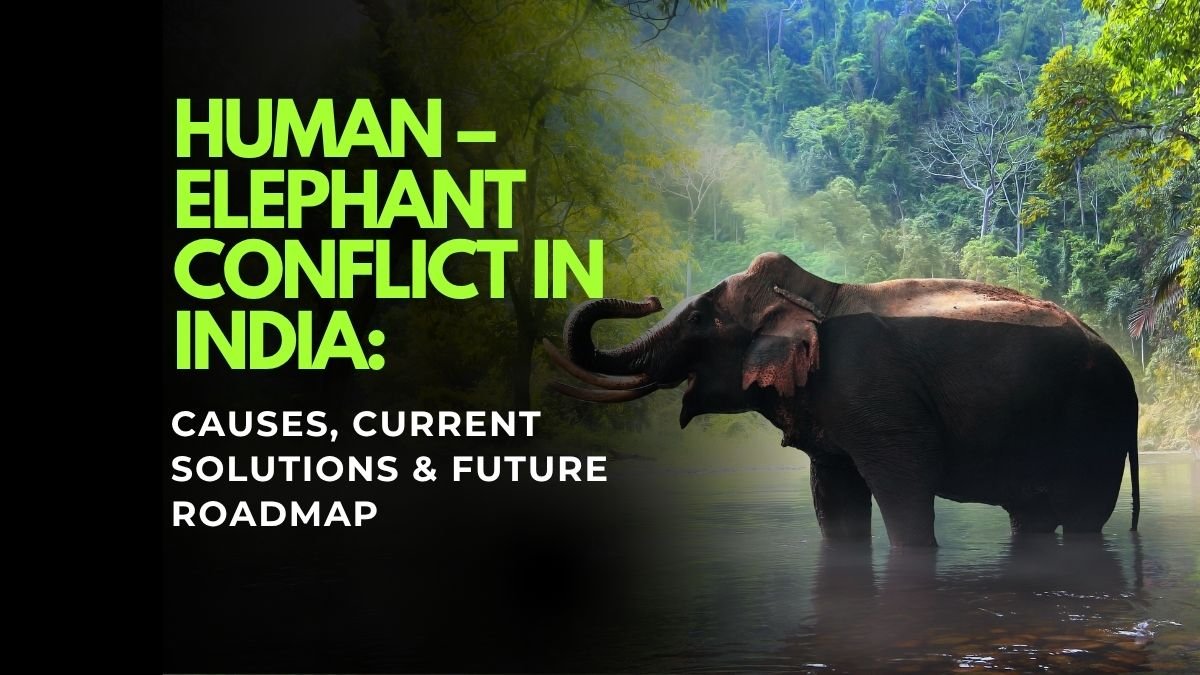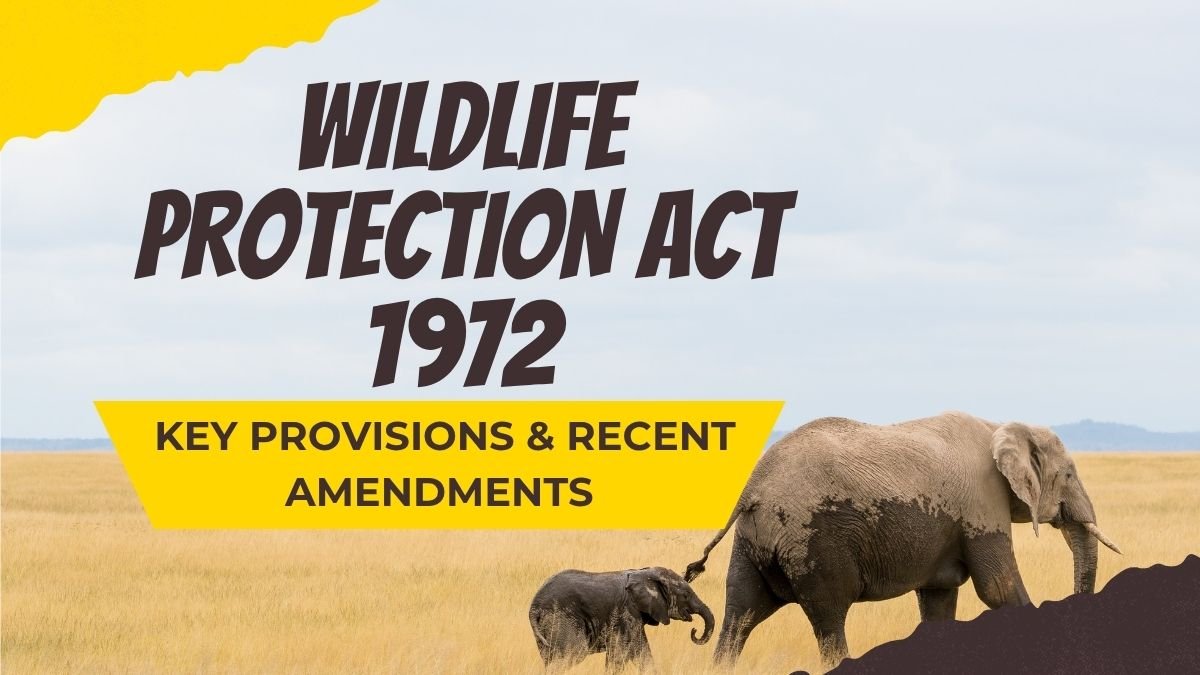Wildlife Rescue Process in India: From Rescue to Care and Release
In a country such as India, which is extremely rich in biodiversity, it has become commonplace for human-wildlife conflict, floods, disease, or accidents. In such scenarios, “Wildlife Rescue & Rehabilitation Centers” do a considerable job in caring for wildlife. Whenever an injured, sick, or stray animal is reported, a team of these centers rescues that animal and takes it to the center for treatment and rehabilitation.
Let us now understand in detail what is done with wildlife in such centers:
What happens first: Rescue team activated as soon as information is received
When news of an injured or helpless animal is received – be it a tiger, deer, bird or a monkey – the first thing to be sent is a rescue team. This team usually consists of a veterinary doctor, assistant and experienced rescue workers. They visit the spot and inspect the condition of the animal.
Scenarios included an elephant straying into a village and a python which was ensnared in a field: the first step taken by the rescue team is always to calm the distressed animal and understand its needs.
First aid and treatment
If the animal is injured or very weak, it is immediately brought to the rehab center by a van or a special ‘Mobile Veterinary Service’ (MVS). Here it is given primary treatment such as:
- Cleaning and bandaging the wounds
- Giving medication for infection
- Giving fluids for dehydration
- Surgery if needed
Example: An injured bird is to be caged in a quiet and safe place.
The Rehabilitation Process: Preparing for return to the wild
After some improvement in its condition, the animal is put into special cages for conditioning in preparation for wannabe return to normal life. Attention is focused on such aspects as diet, physical activity, and behavior.
Release point: Each animal is returned to it’s original habitat. This allows it to adapt more easily.
Some animals may take a lot longer to recover — for example, a baby elephant separated from its mother must be hand-reared.
Specialized facilities and trained staff
Institutions like the “Centre for Wildlife Rehabilitation and Conservation” (CWRC) in Kaziranga, Assam, India, have excellent facilities:
- X-rays, surgery theaters, and medical labs
- Separate cages and outdoor enclosures for different species
- Friendly facilities for birds, reptiles, mammals, and large animals
- Training for forest department staff, students, and veterinary students
Some animals that can never be released
In some unfortunate cases, animals are so injured that they cannot be released back into the wild. Such animals require lifelong care.
Example: The WRRC Centre in Bengaluru houses a female monkey named Manchali who lost her limbs in an electric shock. She is now kept in a safe environment with other smaller monkeys.
Increasing use of technology and collaboration
Rescue teams now have GPS, camera traps, satellite connected data recording and tracking systems. This helps to identify where an animal has gone, or any changes in its movements.
Additional example: Wildlife SOS runs a Rapid Response Unit in Jammu and Kashmir which provides immediate rescue for birds and snakes.
How can you get involved?
If you love wildlife and want to contribute to this field, you can join these centers by:
- Working as a volunteer or intern
- Participating in workshops and training programs
- Working as an assistant in field expeditions
- Helping through wildlife assistance call centers
Conclusion: Why are these rescue and rehabilitation centers necessary?
The threats to wildlife in India are increasing every day – increasing urbanization, roads, floods, climate change and poaching. In such a situation, the work of these centers is not just rescue, but also maintaining an entire ecosystem.
Through these centers, not only animals get a new life, but common people are also made aware of nature and wildlife.
